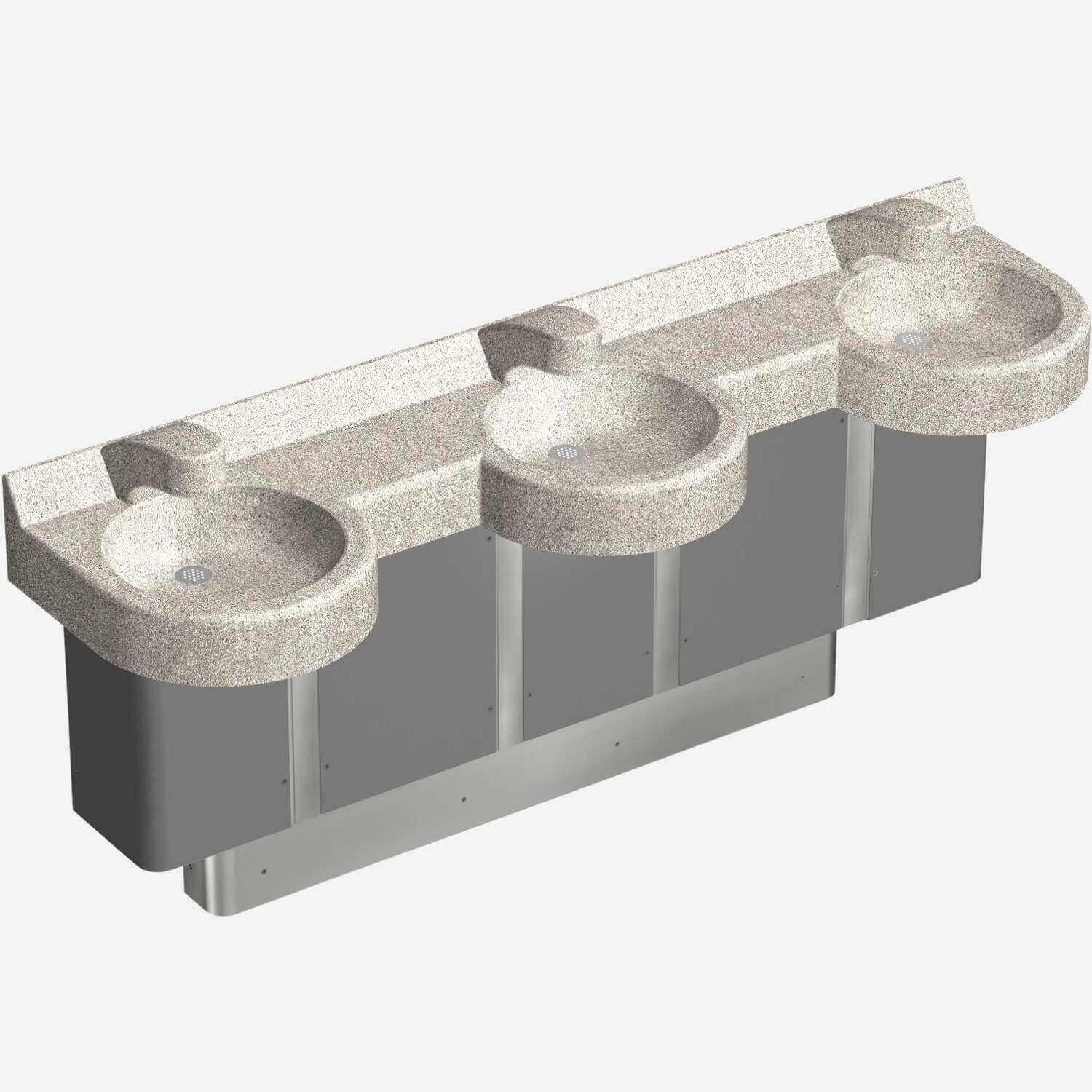

Like all networks, though, Econet would eventually succumb to Ethernet. There were some IBM PC Econet cards produced, but according to they were expensive and hard to find.

Everyone had their own horse in the race ranging from ARCnet, Token Ring, and Omninet, to name a few. It is hard to remember there were so many network solutions before Ethernet. Oddly enough, Econet required a “clock box” that provided the data clock for all stations on the network. There was even an X.25 gateway if you wanted to connect to faraway schools or a mainframe. In theory, speeds could be as much as 100 kB/second. The network used RS-422, a common enough choice in Apple computers, spacecraft, and industrial control applications.Įconet had a lot of things we take for granted today.
#ACORN ENGINEERING DRIVER#
The driver for most schools to adopt networking was to share a very expensive hard disk drive among computers. Nowadays, you don’t have to convince people of the value of a network, but back then it wasn’t a no brainer. You can see the video, which includes an interview with one of the Acorn engineers involved in Econet. takes us down memory lane, explaining how and why the schools went with Econet - an early network virtually unknown outside of the UK. In the UK, pretty much every school that had a computer had an Acorn BBC Micro. While many US schools had Apple computers, there were significant numbers of other computers in schools, as well. If you compare the early PC market for the US and the UK, you’ll notice one big difference.


 0 kommentar(er)
0 kommentar(er)
